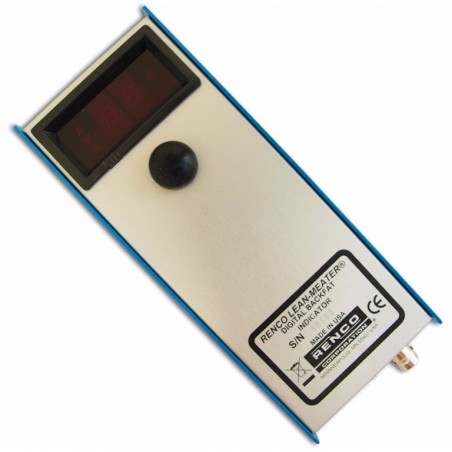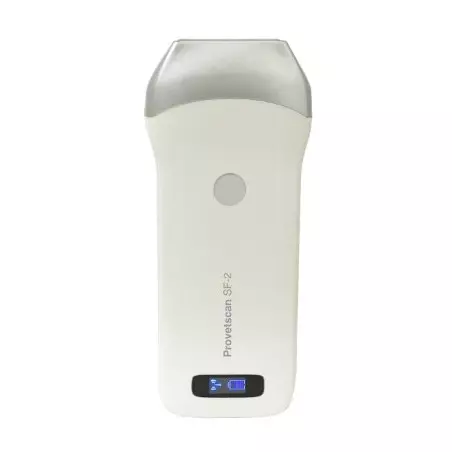This study was conducted to evaluate the effects of suckling intensity (litter size and lactation length) to primiparious sows on production performance during current and subsequent parities. Upon farrowing, 115 primiparous sows (farrowing weight: 222.7 ± 20.0 kg) were initially allotted to 4 treatments in a 2 × 2 factorial arrangement with 2 litter sizes: 10 and 13 piglets (LS10 vs. LS13), and 2 lactation lengths: 21 and 27 d (LL21 vs. LL27). Upon weaning, sows were rebred and those farrowed successfully (n = 66) kept 10 piglets and weaned at 21 d in the second parity. Sows were fed ad libitum during lactation in both parities. Feed intake, BW loss, backfat loss, litter size, and litter weight gain during lactation in both parities were determined.
Litter weight gain in LS13 was greater than that in LS10 (54.4 vs. 47.7 kg) during the first lactation. Sows in LS13 had a greater BW loss than sows in LS10 (24.1 vs. 17.4 kg). Body weight loss was not different between LL27 and LL21. Sows in LS13 tended to have a greater removal rate than those in LS10 (47.5 vs. 32.2%). Sows in LL27 had a smaller removal rate than those in LL21 (28.0 vs. 51.7%). In the second parity, gestation BW gain in LL27 tended to be greater than that in LL21 when the previous litter size was 10 piglets (56.1 vs. 33.2 kg). Litter performance and feed intake of sows were not affected by previous litter size, lactation length, and their interaction. The farrowing weight, farrowing body protein and lipid, body weight loss was not different between LS13 and LS10, whereas backfat loss in LS13 was smaller than that in LS10 during the second lactation (0.9 vs. 2.4 mm). The predicted body lipid loss in LS13 was also smaller than that in LS10 (2.3 vs. 5.3 kg) during the second lactation. Sows in LL27 had a smaller BW loss and body lipid loss during the second lactation than sows in LL21 (4.0 vs. 9.0 kg; 2.3 vs. 4.8 kg). The concentration of milk fat in LL27 was smaller than that in LL21 (7.9 vs. 9.1%).

In conclusion, increasing suckling intensity to primiparous sows increased litter weight gain but increasing litter size reduced piglet ADG. Sow performance in the second lactation was not negatively affected by increasing suckling intensity of the first lactation. Interestingly, sows with an increased suckling intensity in the first lactation had reduced loss of body reserves in the second lactation.
Ji Yao Guo, Yawang Sun, Ashley E DeDecker, Max Terry Coffey, Sung Woo Kim, Effect of suckling intensity of primiparous sows on production performance during current and subsequent parities, Journal of Animal Science, Volume 97, Issue 12, December 2019, Pages 4845–4854, https://doi.org/10.1093/jas/skz341





